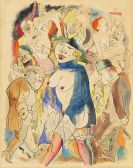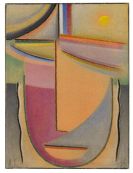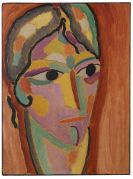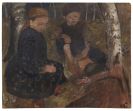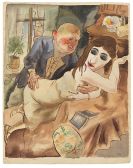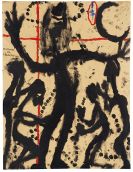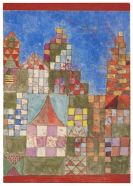
Paul Signac
Paris
1863 -
Paris
1935
Paul Signac was born in Paris on 11 November 1863. His encounter with Impressionism, especially Monet's work, induced Paul Signac to abandon his architecture studies and become a painter. In 1884 Signac met Georges Seurat. The upshot of this significant meeting was Signac's embrace of Pointillism.
After Seurat died in 1891, Paul Signac became the chief spokesman of the Neo-Impressionist movement, supported by the critic Félix Fénéon and Charles Henry, a scientist, who underpinned Signac's theory of colour with scientific fact. In 1899 Signac himself wrote a standard work on "Neo-Impressionism: D'Eugène Delacroix au Néo-Impressionnisme" [From Eugène Delacroix to Neo-Impressionism].
In his paintings Paul Signac strictly observed the rules of Pointillist colour theory. Signac also did a great many watercolours, which permitted him more freedom of expression. Signac's favourite motifs were Mediterranean landscapes, usually including the sea and boats, which he loved.
He paid due tribute to the revered Seurat in large-scale works. The human figures appearing rather rarely in Signac's pictures have been integrated into the formal framework to stand for an abstract universal principle of life such as the Golden Age. Paul Signac was not just important as a leading and eloquent exponent of Neo-Impressionism both in theory and practice. He also exerted a profound influence on succeeding generations of artists. One of the first to promote Henri Matisse and André Derain, Signac smoothed the way to Fauvism. His formally abstract Pointillist technique also formed the basis for 20th-century tendencies to dissolve both object and space, specifically Cubism.
Paul Signac died in Paris on 15 August 1935.
Would you like to sell a work by Paul Signac?
Infos for seller

